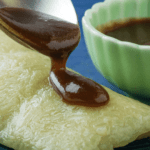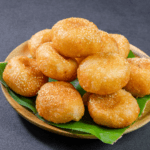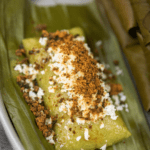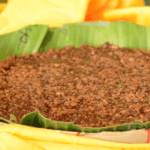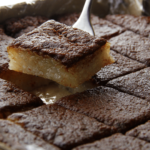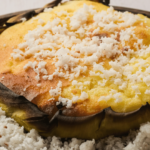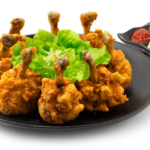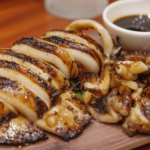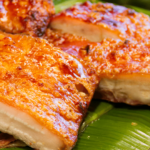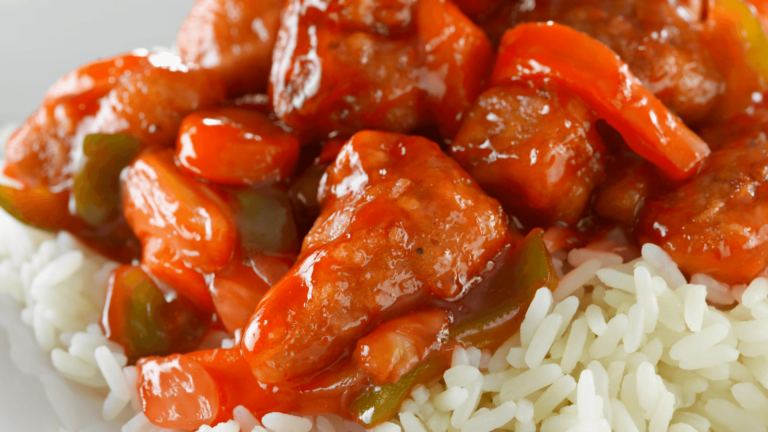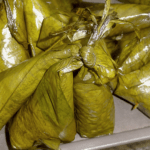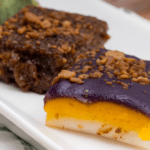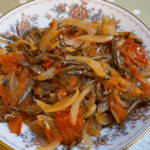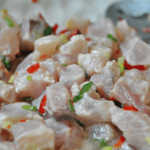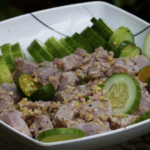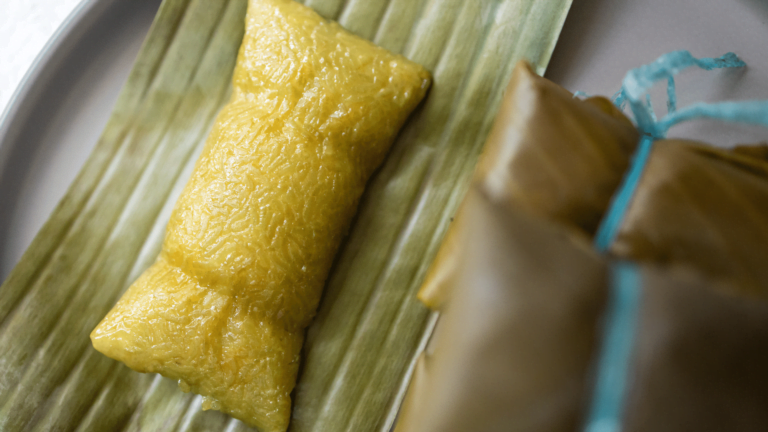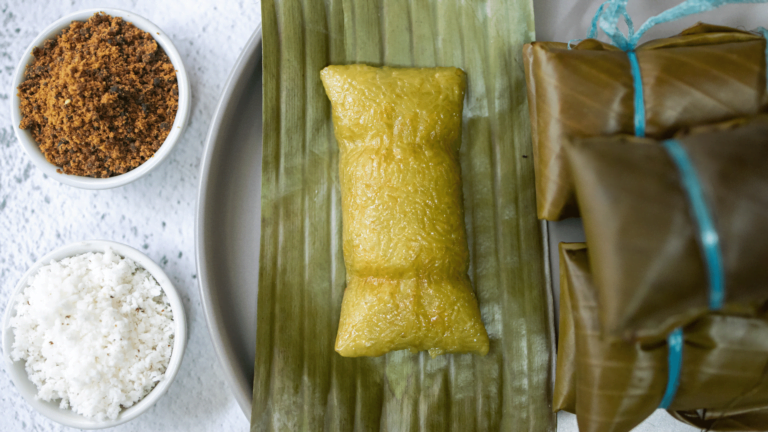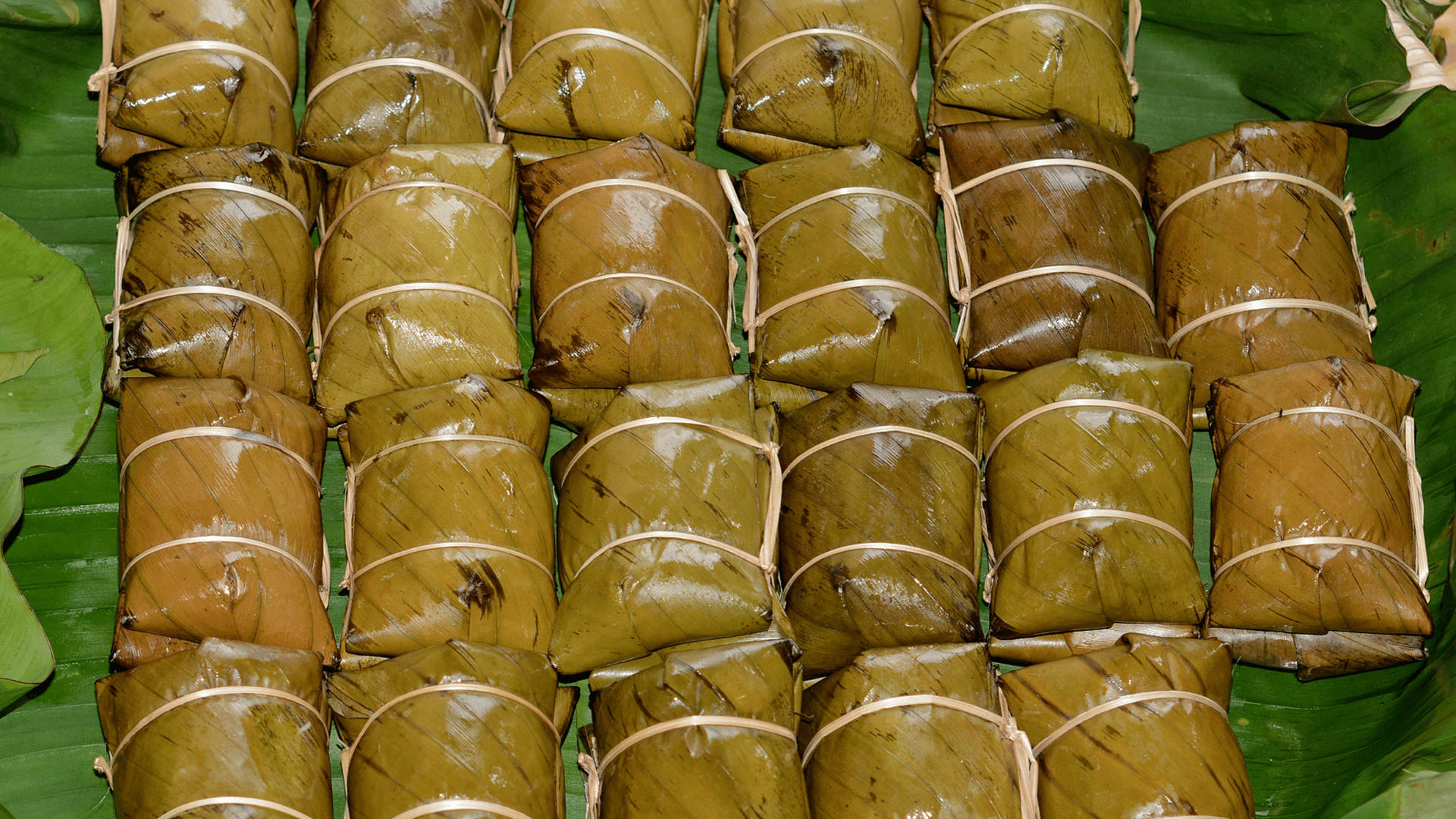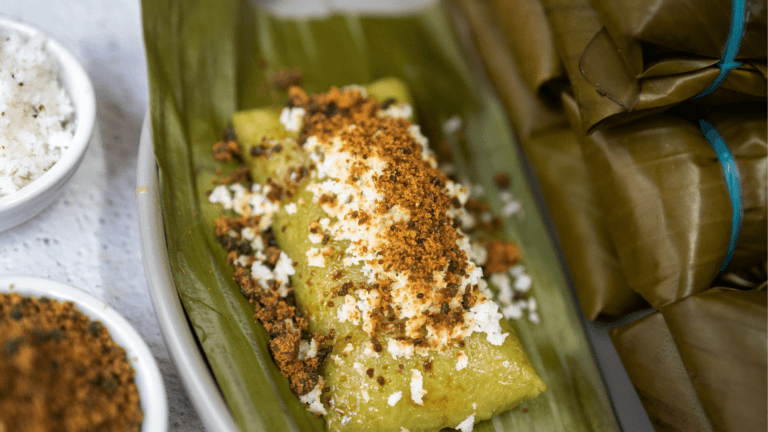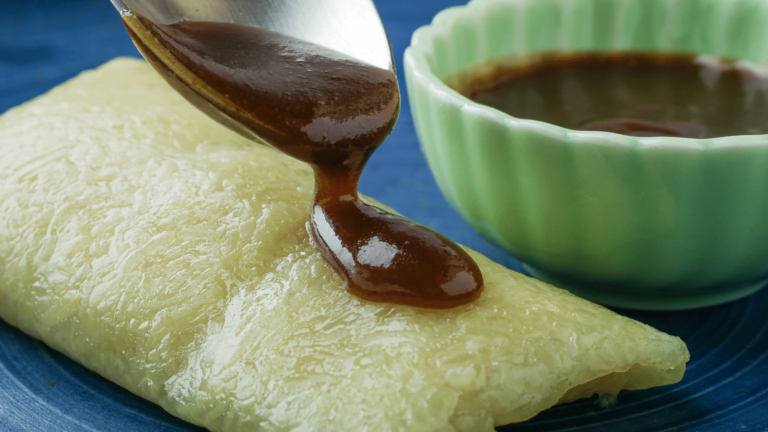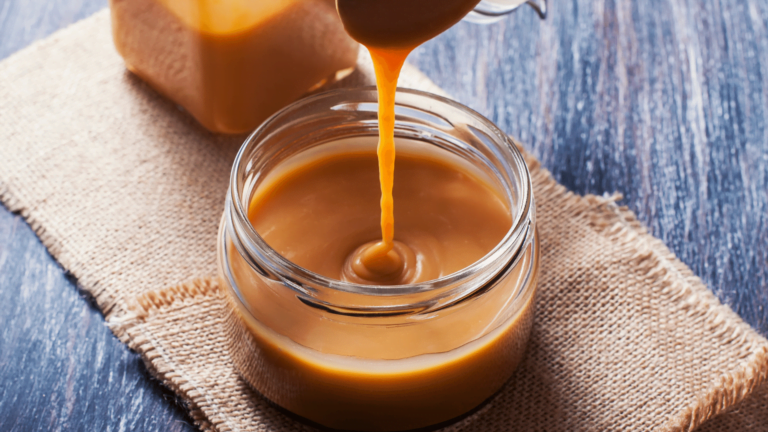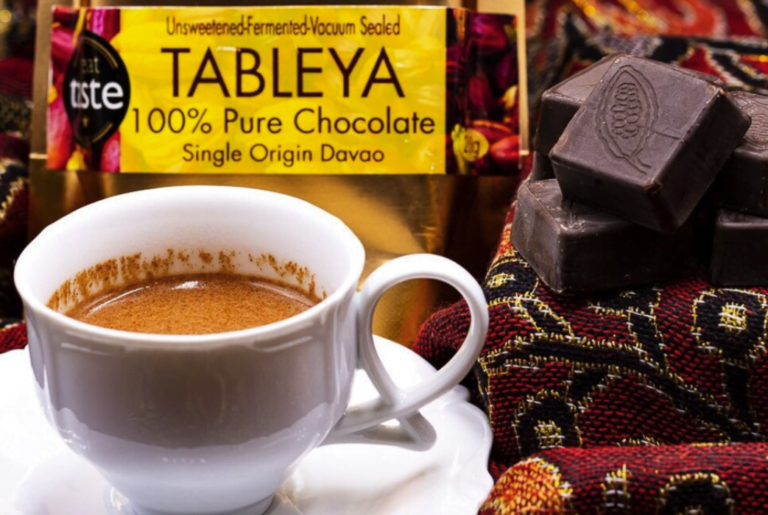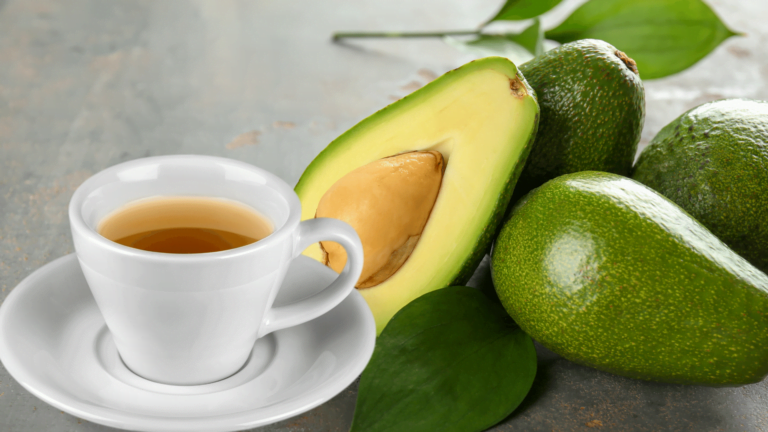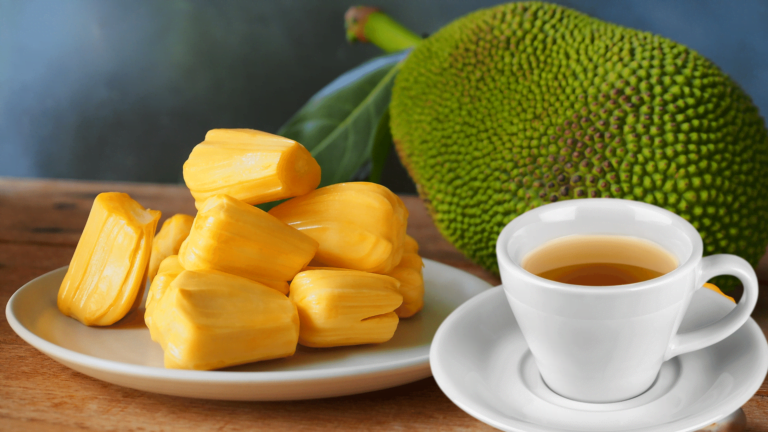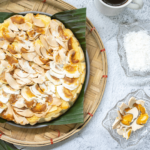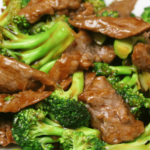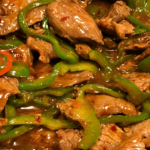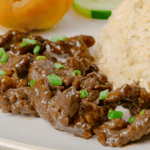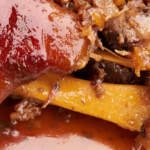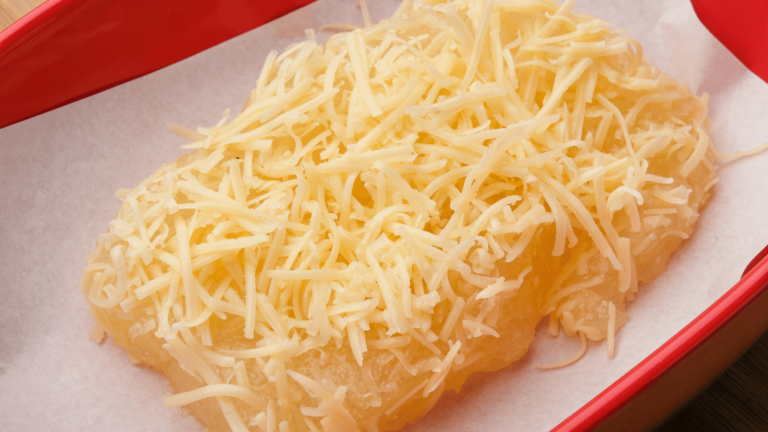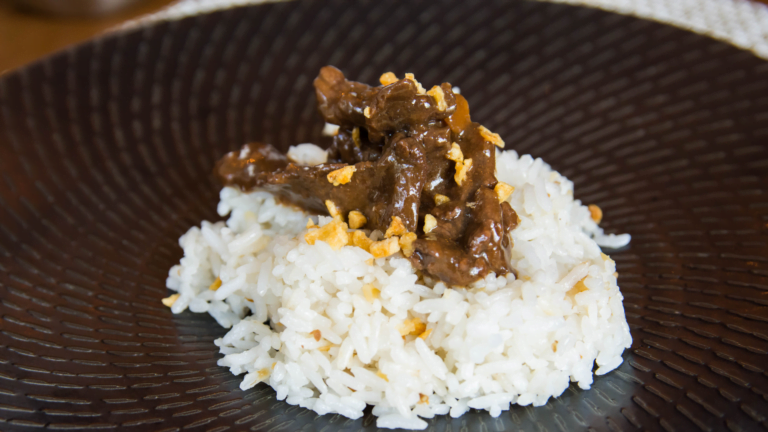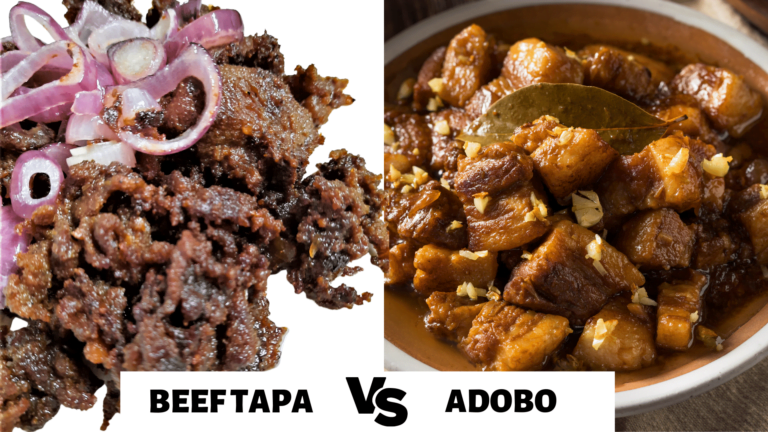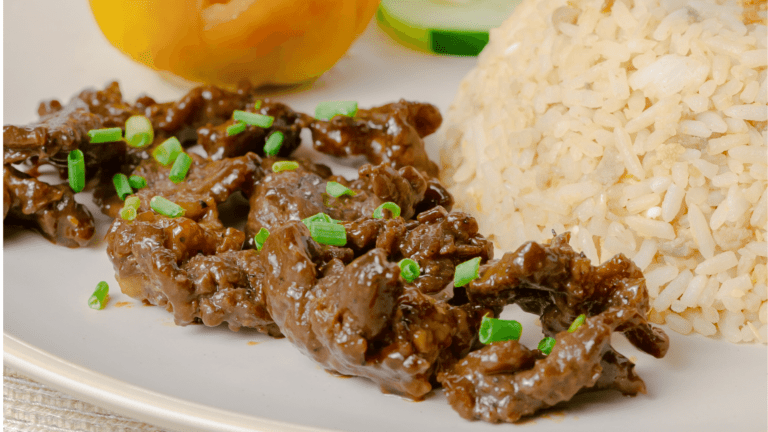BUCHI
Buchi is a traditional snack in the Philippines made of glutinous rice flour with sweet munggo filling. This recipe has been passed on to filipinos by the chinese during the Trade Era. This recipe is a very popular option during All Saints Day in the Philippines. Each region have their own version of buchi, however, the popularity of buchi in Chowking, the chinese inspired food chain in the Philippines and other food merchants made the traditional buchi more like chinese style.
During my school days, I remember my aunt used to make buchi every haloween but her filling is made of monggo-bukayo as she mixes her sweet monggo filling with young coconut pulp just like uncooked bukayo, she also never make them with sesame seeds, she only shallow fry it that makes buchi flat rather than like the chowking’s but my aunt’s buchi recipe taste so yummy and extra ordinary, however, it’s quite difficult to get coconut these days unlike before, otherwise, we would always make buchi with coconut. We still make monggo-bukayo filling every now & again but only when there’s coconut(“alangan”) available.
How to make sesame seeds stick to buchi dough properly:
One of the challenges that I had out of making buchi in the past aside from trying to seal the filling, is to get the sesame seeds to stick to the dough as I find most of the sesame seeds floating as I fry them. I learned that if you wet the dough by wet finger tip and just touch the area that needs more sesame seeds help, but took me ages to finish the batch. My friend adviced me to brush dough with water before rolling to a bowl of sesame seeds but it made dough so soggy, I had to roll it with rice flour after. My sister, however, adviced me to refrigerate for at least 20 mins before frying to give it time to stick to the dough and it worked, this was always been my practice since.
Making buchi is quite tricky and it’s perfection takes a lot of practice but it’s such an achievement once you’ve aced it. Try this recipe today and find out yourself.
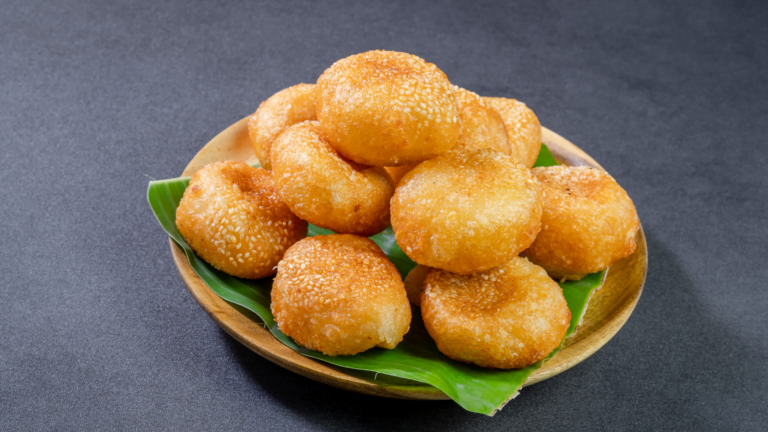
How to cook BUCHI:
Ingredients
- 1 cup Mung Beans (monggo)
- 3 cups Water divided
- 1 cup Sugar
- 3 cups Glutinous Rice Flour
- ¼ tsp Annatto Powder
- 1 cup sesame seeds optional
- 2 to 3 cups Cooking Oil
Instructions
- To make munggo fillings, combine mung beans and 1 cup water and boil in medium heat until cooked -about 30min.1 cup Mung Beans (monggo), 3 cups Water
- Mash mung beans and add sugar. Mix well to become paste. Set aside.1 cup Sugar
- To make a dough, combine 3 cups glutinous rice flour, annatto powder, and 2 cups water. You may add 1 tsp water gradually if rice flour need more water or add 1 tsp rice flour gradually if it becomes too wet.3 cups Glutinous Rice Flour, ¼ tsp Annatto Powder, 3 cups Water
- Cut the dough into individual pieces. Using hand, roll the dough to make a round shape like a ball.
- Flatten the ball-shaped dough to a round shape and put the mung bean paste in the center of the dough. Seal by joining the excess dough on the sides and roll to a bowl of sesame seeds. Continue the process untill all ingredients had been used up. (cover with cling film and refrigerate for at least 20 mins to give sesame seeds time to stick to the dough before frying)1 cup sesame seeds
- Deep fry until cooked or golden brown.2 to 3 cups Cooking Oil
- Serve with coffee or hot chocolate.
Buchi Storage and Reheating Instructions:
- Store in a sealed container in the fridge and consume within 2 days.
- Deep fry in moderate heat for 2 mins before serving.
- Microwave reheating instruction: Reheat in a microwave safe dish covered with cling film for 2 mins in full power.
- Make sure food is pipping hot before serving.

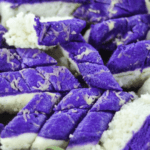
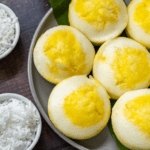


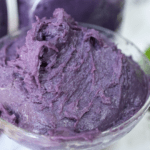
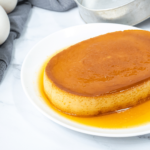
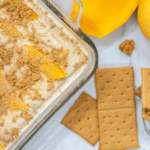
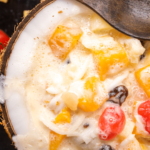
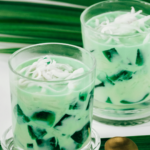
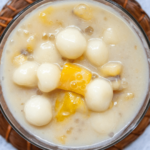
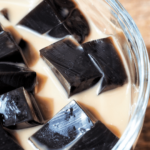

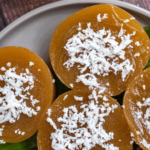
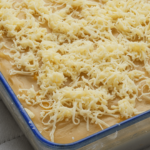
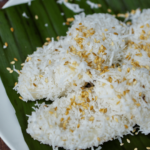
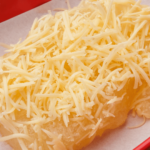
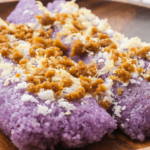
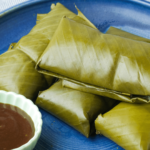
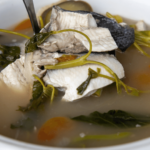
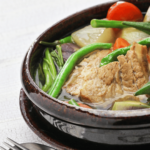

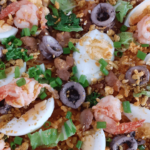
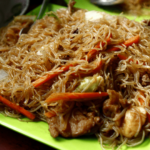
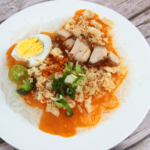
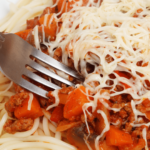
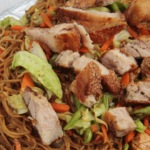
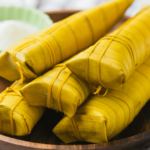


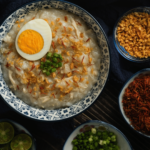
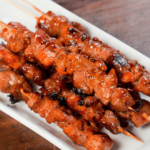

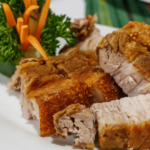
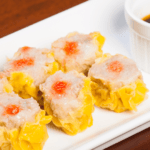
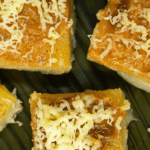
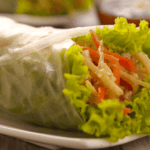

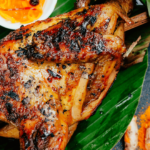
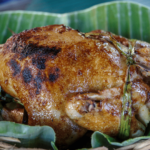
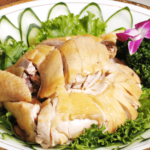




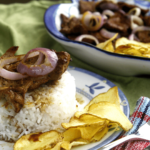
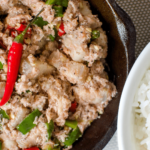
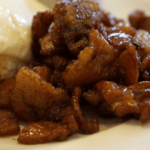
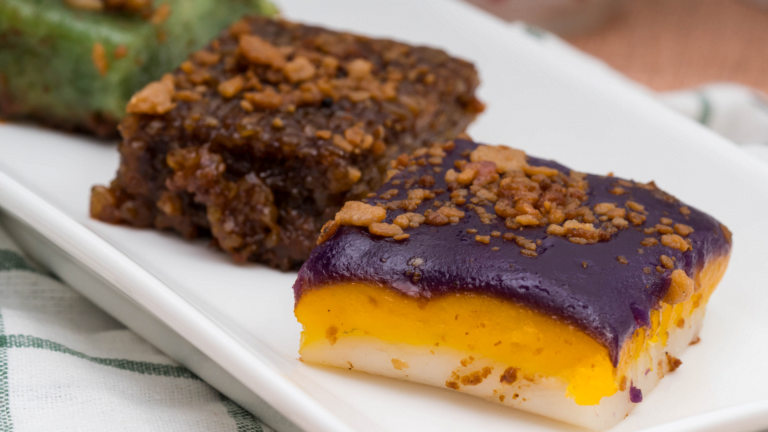
FEATURED RECIPE
SAPIN SAPIN



